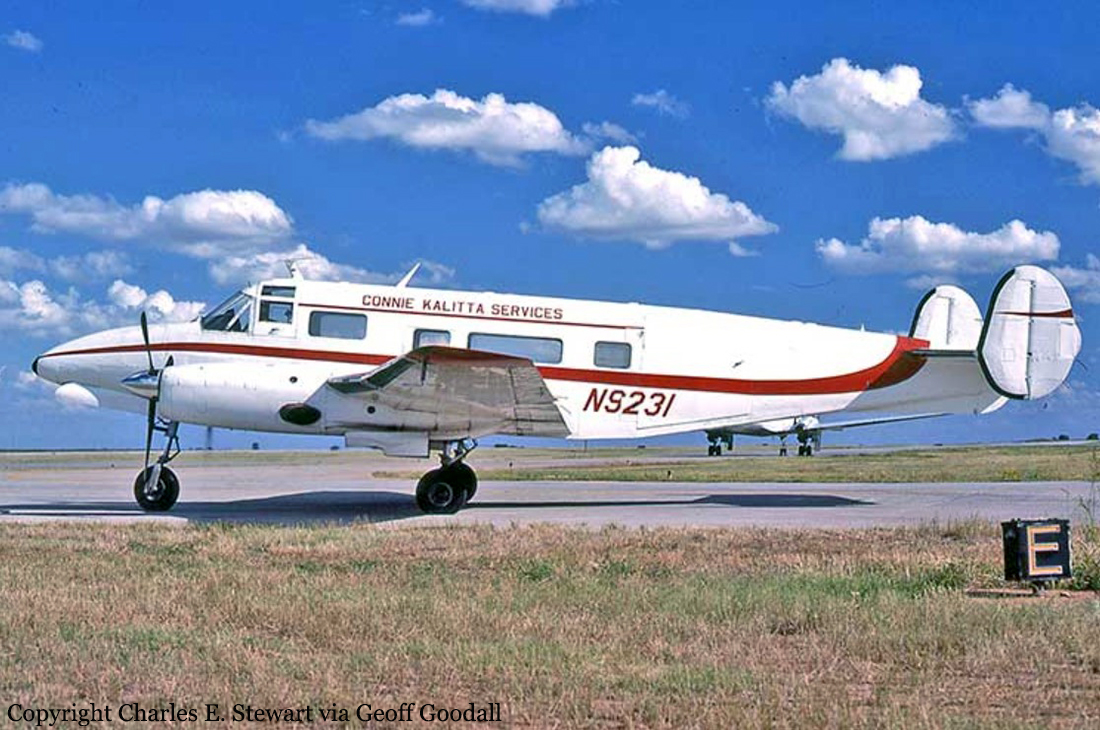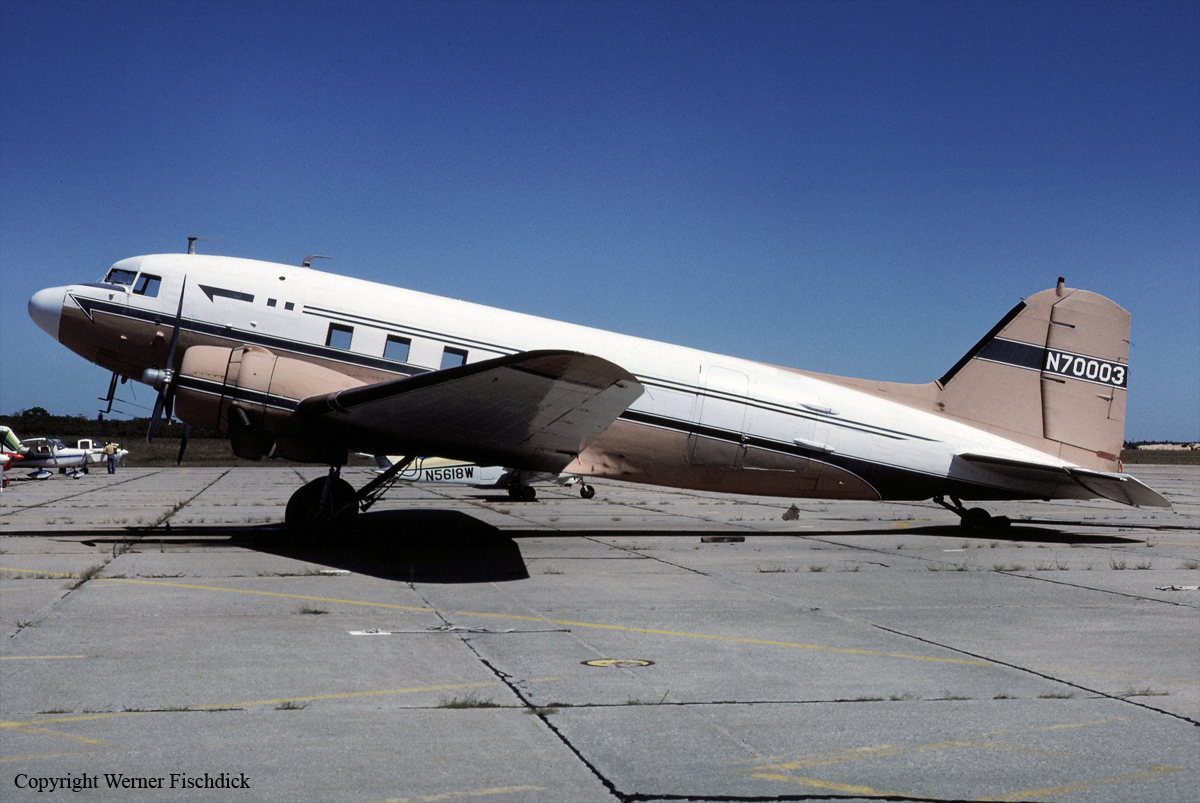Crash of a Dassault Falcon 20DC in Binghamton
Date & Time:
Feb 15, 1989 at 0722 LT
Registration:
N232RA
Survivors:
Yes
Schedule:
Memphis - Binghamton
MSN:
232
YOM:
1970
Flight number:
RLT232
Crew on board:
2
Crew fatalities:
Pax on board:
0
Pax fatalities:
Other fatalities:
Total fatalities:
0
Captain / Total hours on type:
1499.00
Aircraft flight hours:
17595
Circumstances:
During arrival, the cargo flight (reliant 232) contacted Binghamton approach control and received vectors for an ILS runway 16 approach. At that time, the atis had information (information kilo) that there was light freezing rain, that all paved surfaces had a thin layer of ice, and that braking action was poor. The copilot made the approach and landing. The captain reported that touchdown was normal in the 1st 1,000 feet of the runway and that the airbrake was used, but they did not know that braking action was nil until they were on the landing roll. By the time they realized braking was nil, there was insufficient runway remaining for a safe go-around. The captain reported he deployed the drag chute, but a witness who saw the chute, reported it did not open. Subsequently, the aircraft continued off the departure end of the 6,298 feet runway, went down a steep embankment and was extensively damaged. The required distance to stop on an icy runway was estimated to be 5,344 feet.
Probable cause:
Improper planning/decision by the pilot(s). Factors related to the accident were: icy runway conditions and failure of the drag chute to properly open after it was deployed.
Occurrence #1: overrun
Phase of operation: landing - roll
Findings
1. (c) planning/decision - improper - pilot in command
2. (f) airport facilities, runway/landing area condition - icy
3. (f) misc eqpt/furnishings, parachute/drag chute - other
----------
Occurrence #2: on ground/water encounter with terrain/water
Phase of operation: landing
Findings
4. (f) terrain condition - rough/uneven
Occurrence #1: overrun
Phase of operation: landing - roll
Findings
1. (c) planning/decision - improper - pilot in command
2. (f) airport facilities, runway/landing area condition - icy
3. (f) misc eqpt/furnishings, parachute/drag chute - other
----------
Occurrence #2: on ground/water encounter with terrain/water
Phase of operation: landing
Findings
4. (f) terrain condition - rough/uneven
Final Report:






